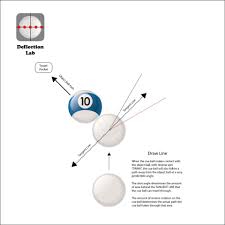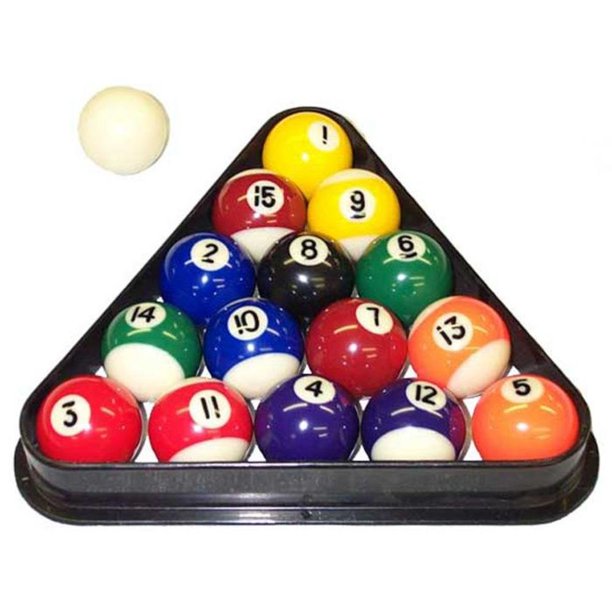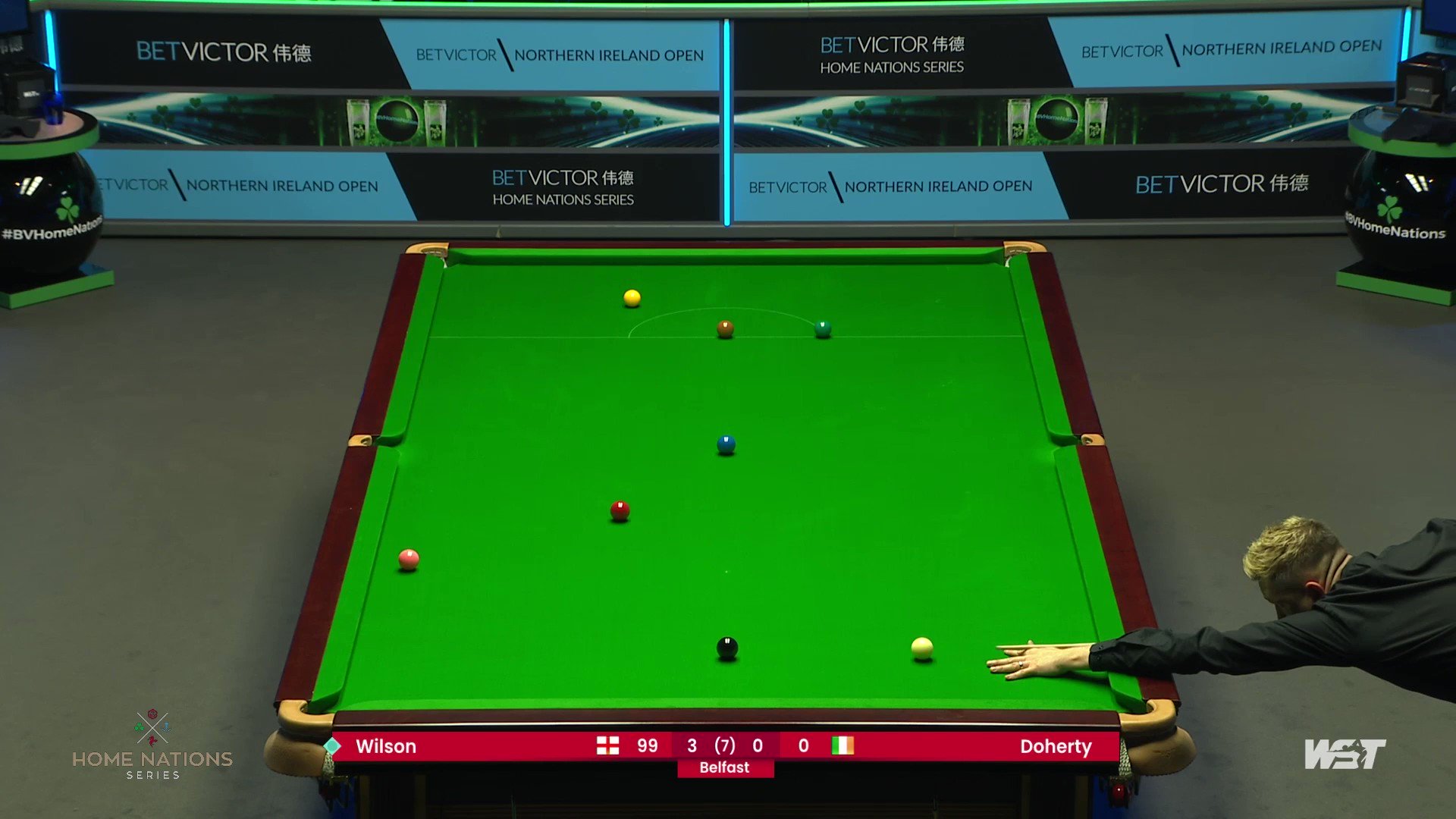
Three cushion billiards is a billiard game played on a five by ten foot table. The object of the game is to make the cue ball contact three rails before contacting the second object ball. Each successful carom awards one point. If the shooter pockets any of the object balls, the opponent does not receive a point. The player who gets the most objects wins.
Three cushion billiards can be played on a table that is larger than the regular pool table. A cue ball is placed on one end of the table and a red ball is used on the other. To line up the shot, players use silver dots placed on the table. This requires precise calculations of angles as well as distances. Once the shot has been taken, the object ball should be kept in a pocket.
Three cushion billiards is an evolved form of straight rail billiards. It is believed to have originated in the 1870s. However, Wayman Crow Mccreery made it popular. McCreery, an Internal Revenue Collector from Port Saint Louis in Missouri, was the inventor of this game. He played the game for his own enjoyment and then eventually patented the concept. Three-cushion billiards became a favourite of many players during the 1950s.

When a shot is made in three cushion billiards, the object of the player is to make the object ball contact three rails before contacting the cue ball. While this can be done in any sequence, the main objective is to hit both cushion billiards.
Before hitting the object ball, the shooter must call for the bank shot. This shot can be taken in one or multiple rails. However, the most commonly used bank shot is the single-rail shot.
A 3-rail shot is another type of bank shot. Several different ways can be employed, such as the Magic Spot, which is when the ball hits the rail in one corner of the table and the cushion on the opposite side. Another option is a multi-rail bank shot, or a distant point.
A bank shot is one in which the object ball hits the cushion first. There are exceptions. You can hit the object ball either before or after it bounces off the rail. Using a single rail bank shot as an example, the object ball would bounce off the rail before going into the pocket.

The Standard World rules apply to this game. Any object ball may be pocketed by the player using the bank shot. After the object is taken out, the shooter will be able to move on to the next in the game.
The inning ends if the object ball is not pocketed in accordance with the shooter's shot. Italics are used to indicate any fouls or illegal breaks. The opponent can also take their turn.
Bank shot is the most common method to take possession of objects in pool. Bank Pool is different from nine-ball and eightball. Bank shots are used to get the ball out of the opponent's hands.